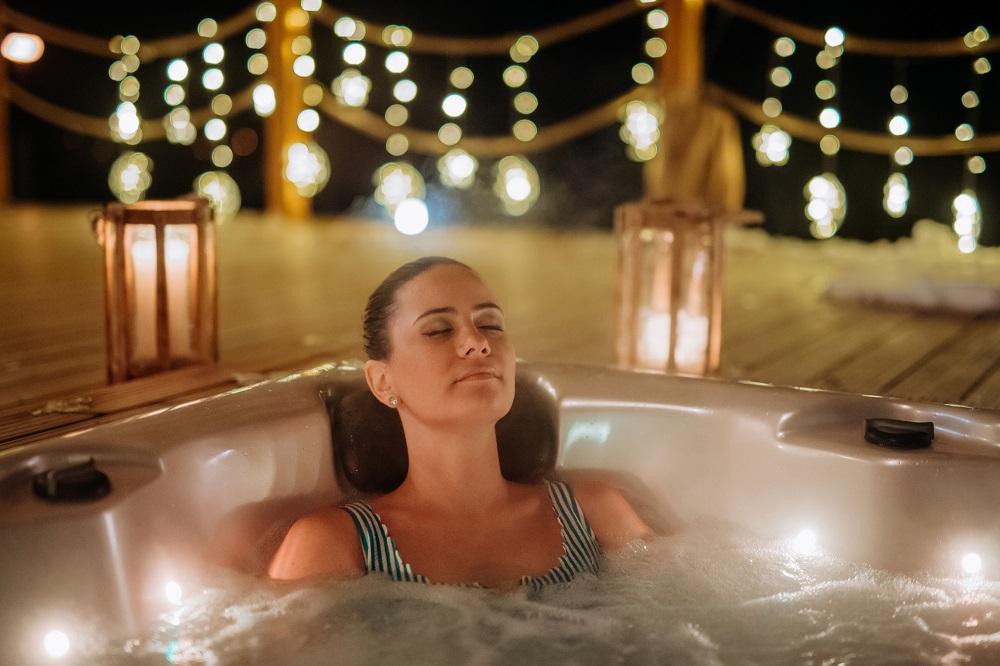The inground swim spa has become an increasingly popular outdoor feature nowadays. And while traditional pools never really go out of style, the choice between the two has many homeowners uncertain. Both options have merits, but the best choice depends on your unique needs and preferences.

If you’re looking to transform your backyard or simply add a touch of luxury, understanding the differences between these two options is essential. Keep reading this article to learn more about the differences between inground swim spas and traditional pools to make a better decision for your home.
Key Differences Between Inground Swim Spas And Traditional Pools
As you discover the latest range of inground swim spas, you’ll notice they combine the features of both pools and hot tubs. They’re usually more compact than traditional pools, making them an excellent fit for smaller spaces.
Features like adjustable water currents for swimming and therapeutic jets for relaxation set them apart. On the other hand, traditional pools offer a larger space in customizable shapes, perfect for diving, playing, or swimming laps.
Which Type Of Pool Is Better For Swimming, Relaxation, And Entertaining?
Inground swim spas excel in providing a focused swimming experience. The adjustable current lets you swim in place, almost like a treadmill for swimming. And afterward, you can relax in the heated water and soothing jets.
Traditional pools, on the other hand, give room for multiple activities. You can swim laps, host pool parties, or float around. Consider your backyard’s size, how many people will frequent the pool, and your preferred activities before choosing.
Pros And Cons Of Inground Swim Spas And Traditional Pools
Inground swim spas boast a smaller footprint, making them perfect for tight spaces. They’re versatile, providing both exercise as a pool and relaxation as a backyard hot tub. However, they might not be ideal for larger gatherings or varied pool activities.
In contrast, traditional pools are larger than inground swim spas and can accommodate more people and a wider range of activities. But they can take up a lot of space and might not offer the same therapeutic benefits as swim spas.
Cost To Install An Inground Swim Spa Or Traditional Pool
Installation costs vary. Inground swim spas might have a higher initial price tag due to their dual functionality. Prices depend on size, features, and your location. Traditional pools can be more affordable, but custom designs, increased size, and added features can increase costs.
Maintenance And Upkeep Requirements For Each Type
Both options need regular care to remain in top shape. Inground swim spas demand less water, which might reduce chemical costs. Regular checks on their jets and heaters are crucial. Traditional pools require water balance monitoring, frequent cleaning, and potential repairs for a larger surface area.
Tips For Choosing An Inground Swim Spa Or Traditional Pool
When stacked against each other, inground swim spas and traditional pools serve different purposes. Your final choice between the two depends on your needs and situation. Consider these factors first before making your decision:
-
- Installation: Inground swim spas tend to be easier to install than traditional pools, which might require more time and proper planning. It could also take several months to complete the pool construction instead of the quick installation of an inground swim spa.
- Size and Space: Assess your space. Larger yards can accommodate traditional pools, while smaller spaces might benefit from a swim spa.
- Activity Preferences: Do you want a focused swim in a pool with therapeutic features? Go for an inground swim spa. If you prefer pool games or leisurely swimming, traditional pools could be a better choice.
- Maintenance Commitment: Be realistic about upkeep. Inground swim spas need frequent attention due to their many components. Meanwhile, traditional pools demand periodic care with their many common problems.
- Budget: Inground swim spas might have a competitive edge regarding initial setup costs, but consider future maintenance fees. Traditional pools could be cheaper, minus the additional features some homeowners include.
- Resale Value: A well-kept traditional pool often boasts high resale value. Due to their growing popularity, inground swim spas can also hold their own with their rising market value.
Whether you prefer the innovative design of an inground swim spa or the classic appeal of a traditional pool, make sure your choice matches your lifestyle and preferences.
Latest Trends In Pool And Swim Spa Design
Modern designs are all about blending aesthetics and functionality. Infinity pools, smart lighting systems, and energy-efficient technologies are becoming popular in traditional pools. Swim spas are evolving to include more energy-efficient models equipped with advanced hydrotherapy features.
Conclusion
Choosing between an inground swim spa and a traditional pool can be challenging. By weighing the pros and cons and understanding the unique offerings of each, you can determine the perfect fit for your home. So, take the time to research, consult with professionals, and pick the one that aligns with your lifestyle and budget. Best of luck with your choice!





